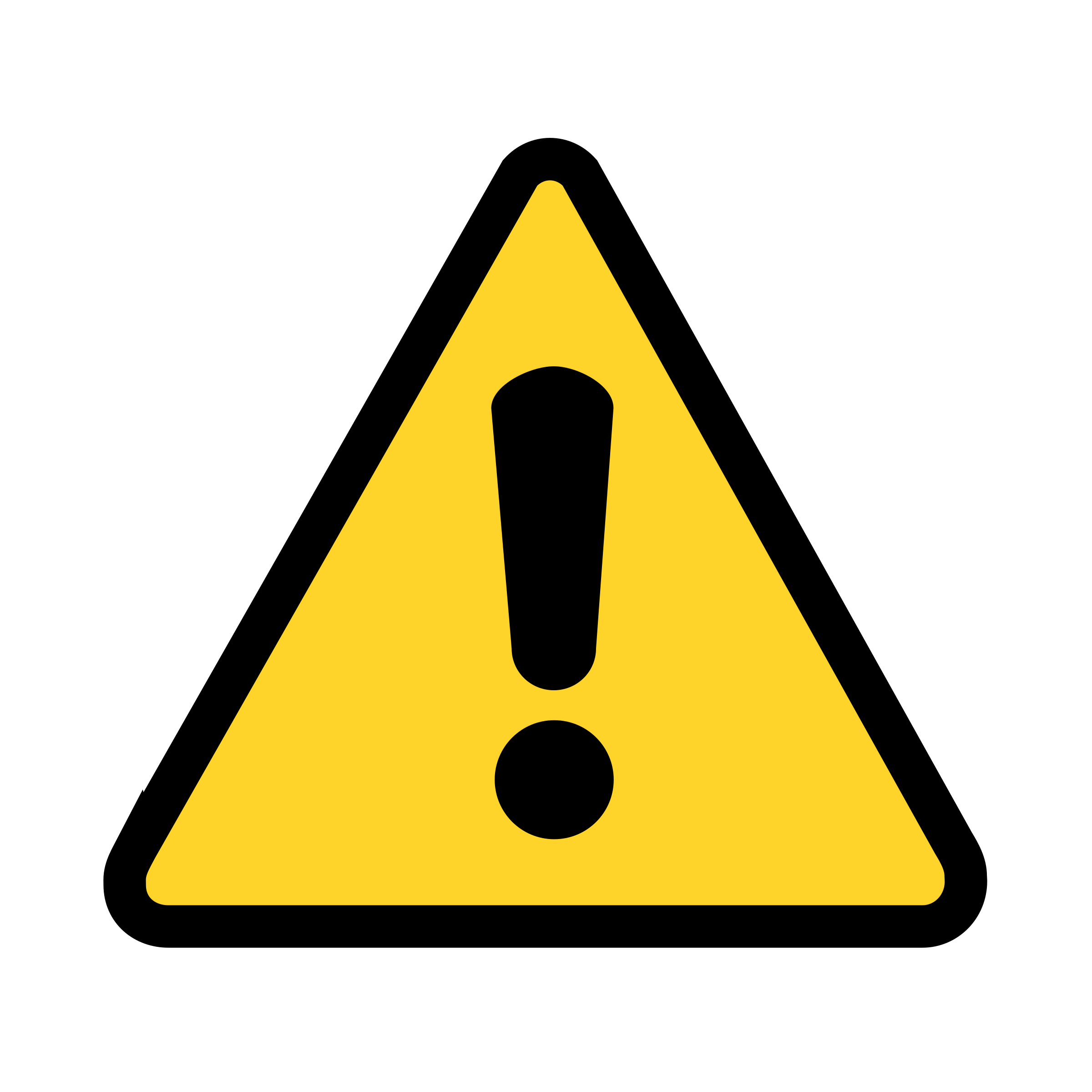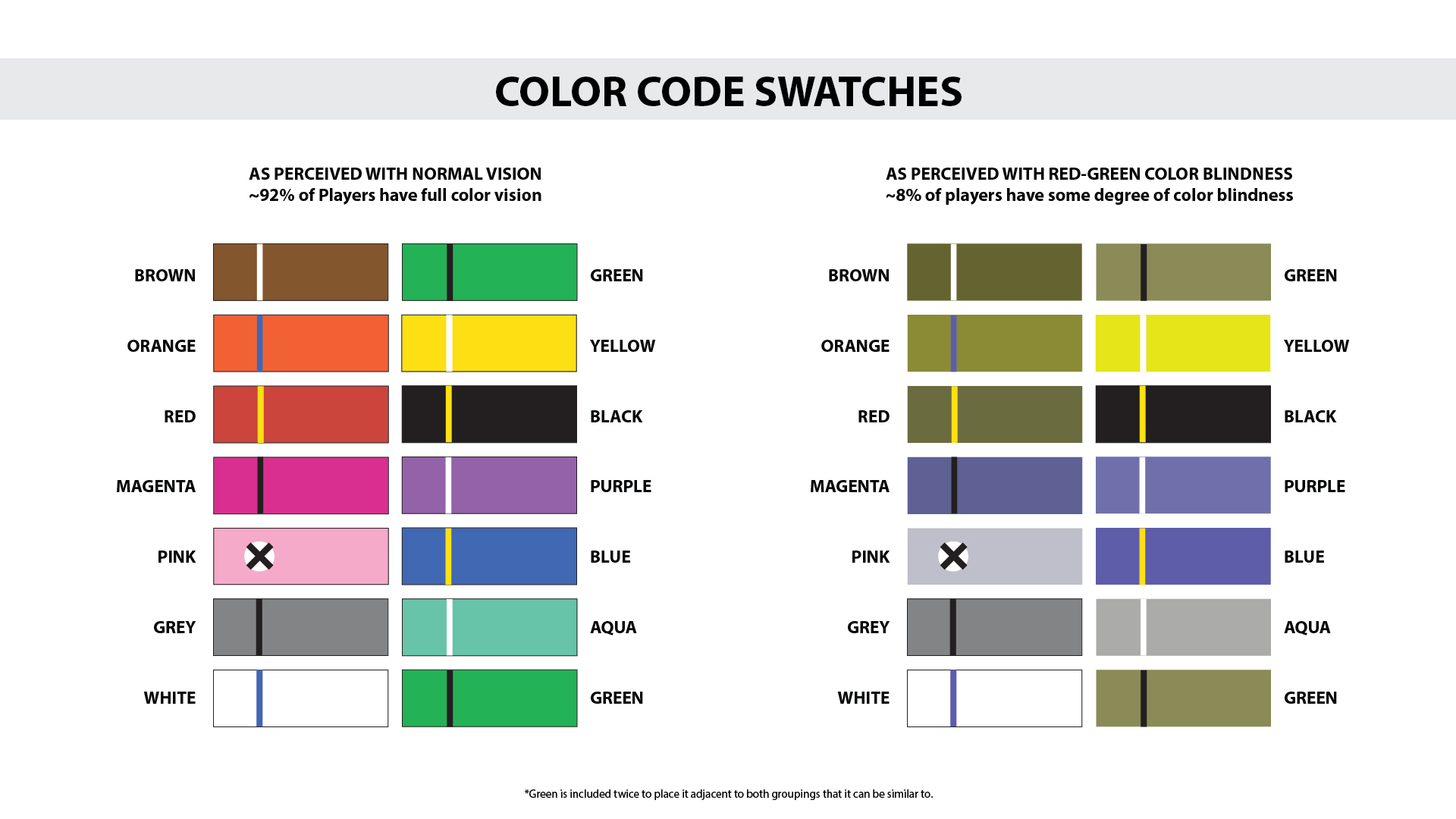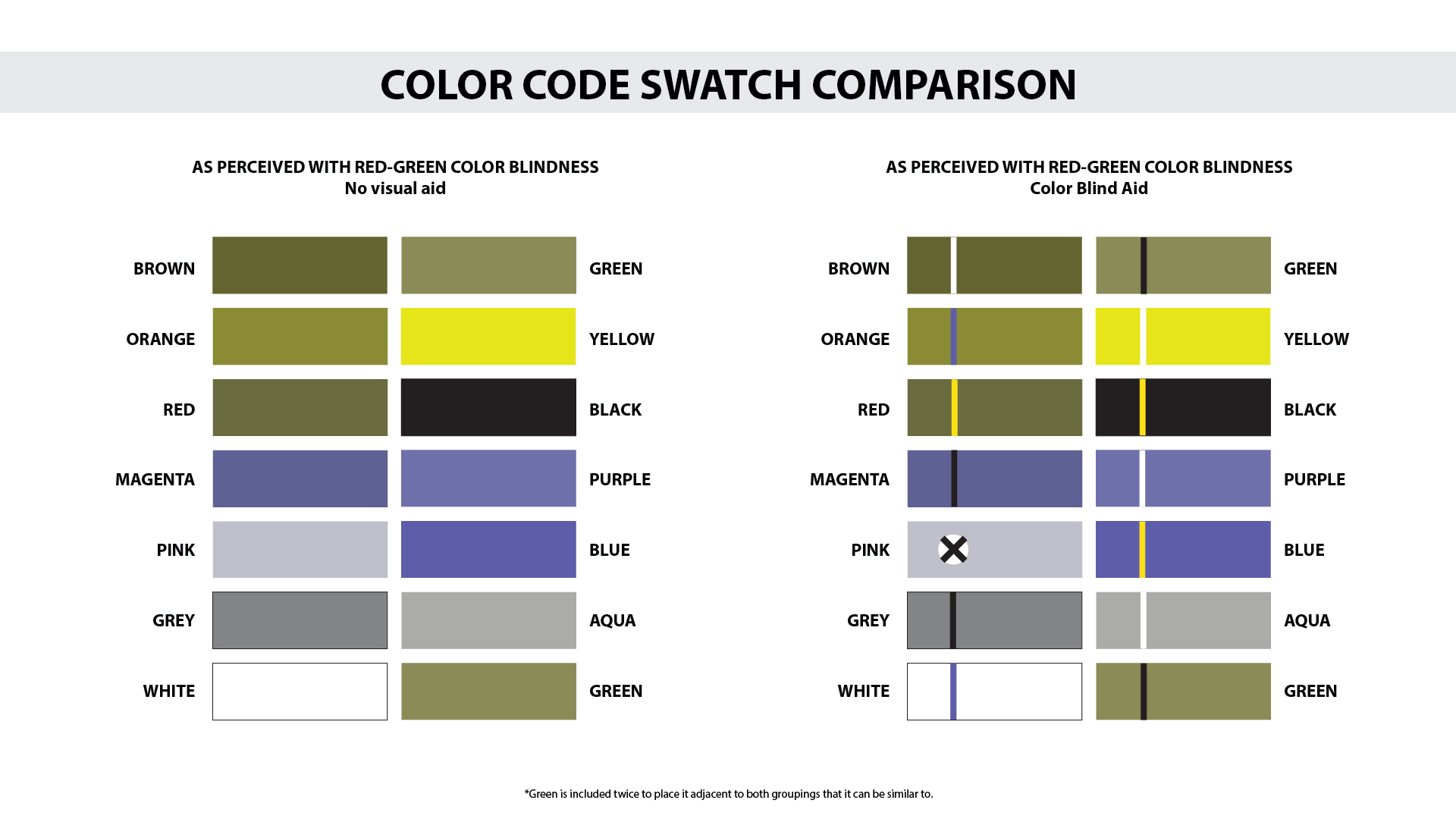V9: Equipment
- The Amtwiki is the official home and primary source for Amtgard V9 Rules as of February 25, 2023.
- These rules are currently in Open Alpha Playtest. See the Playtest Disclaimer for more details.
- To learn more about Amtgard V9 Development, please visit Amtgard.com.
- To view the current Amtgard V8 ruleset, please see the Amtgard V8 Rulebook.
Contents
Equipment - Gameplay
In Amtgard, the term ‘equipment’ refers to any physical gear or items that are used to directly influence gameplay. This includes weapons, shields, armor, helms, magic items, and game objectives - and excludes garb, non-combat items (instruments, books, telescopes, etc.) and containers (quivers, pouches, bags, etc.).
This section explains the gameplay rules for each type of equipment. If you wish to craft your own equipment, details and guidance can be found later in the Equipment - Construction section.
A Note about Personal Property
All equipment is the personal property of the player that owns it.
- Players may never handle or fight with the equipment of another player without first having their permission. Players may assist with the recovery of expended equipment (often projectiles) without permission however this can be revoked by the owner at any time.
- Players should never knowingly conduct themselves in a manner that would cause a reasonable player to fear for the safety of their equipment
Equipment Use Terms
The following terminology applies to all forms of equipment.
Carried
All equipment on a player is considered Carried. If something cannot be carried, it cannot be lifted by the player in any way.
Held
Anything carried using one or more hands is considered Held.
Free Hand
Also known as an 'Open Hand', a Free Hand is the hand of an unwounded arm, which is not holding any equipment other than material components required by the action.
Free Hands are most often required to cast abilities and interact with game objectives.
- Bucklers, Small Shields, and Magic Staves will not count against a Free Hand, even while holding the handle.
- Medium, Large, and Tower Shields that are held in hand or worn on an arm will always take up the respective Free Hand, even if they are not actively being wielded or held in hand. The same is true for all sizes of Madu.
- Abilities marked with ⬗ in class customization do not require a free hand for that class to use.
Worn
Equipment attached to or otherwise dressing the body in its intended manner is considered Worn. Physical Armor must be Worn to bestow protection.
Wielded
Equipment is considered Wielded when it is being held in a manner appropriate for its use in the game of Amtgard.
- Equipment must be wielded in order to attack, defend, or otherwise be used for its intended purpose. Certain game types, classes, and special rules will limit the equipment a player is allowed to wield.
- If something cannot be wielded, it can still be held or carried, but cannot be used to perform any function and should not be presented in a way that would suggest it is wielded.
- Players can only wield one piece of equipment per hand. Shields are an exception (see below).
- Players may only ever wield a single Shield at a time, however shields can be wielded simultaneously in the same hand as any another piece of equipment except Bows and Crossbows.
- Medium, Large, and Tower Shields must be held by their handle to be wielded.
- Bucklers and Small Shields must be either worn on the arm or held by their handle to be wielded.
- Shields cannot be wielded while worn like a backpack or strapped to other parts of the body such as the torso, legs, hip, or head.
- Bows and Crossbows cannot be wielded with any other equipment in the same hand (besides arrows). Likewise, other equipment cannot be wielded while in the same hand as a bow or crossbow. A buckler or small shield may still be wielded on the arm so long as there is no risk of it interfering with the safe use of the bow.
- For gameplay purposes, reloading a crossbow does not count as wielding it.
- Thrown projectiles are only considered wielded during the throwing motion. They are considered unwielded equipment at all other times.
- Players may hold Unwielded equipment in the same hand as wielded equipment in situations where it is blatantly and visually obvious which piece of equipment is in use and which one is not. If a player ever visually appears to have more equipment wielded than they are allowed, all the equipment in question is considered unwielded.
- Bows and Crossbows are the only exception to this rule (see above).
Example 1: A player may wield a polearm two-handed while also holding an unwielded flail in one of their supporting hands. The pole can be used as long as the flail is obviously not in action. In order to use the flail the player would need to release the polearm from the flail hand.
Example 2: If a player holds two short swords in the same hand then both would be considered unwielded because it would be too ambiguous which one the wielder is intending to use and which one is just being held, regardless of their orientation. - Bows and Crossbows are the only exception to this rule (see above).
Unwielded
All equipment is considered unwielded unless it meets the conditions for being worn or wielded. In addition, the following rules apply:
- Unwielded Equipment will count as an Invalid Obstruction when struck.
- Unwielded Equipment cannot be used to block line of sight or impede the physical movement of other players or their equipment.
Unattended
Unwielded Equipment that has been at rest on the ground or against terrain for at least 5 seconds is also considered ‘Unattended’ until it is reclaimed by an intended user. Unattended Equipment cannot be destroyed or otherwise affected by gameplay. This has no effect on conditions the equipment had before it became Unattended (ie. a destroyed weapon will stay destroyed even while it is unattended).
Destroyed
Some effects may cause equipment to become Destroyed.
- Destroyed equipment cannot be wielded, used to perform an in-game function, or otherwise generate a gameplay advantage until it is restored.
- Destroyed equipment may still be carried or worn so long as the player notifies their opponents about the state of the equipment as necessary and avoids presenting it in a way that would suggest otherwise.
- Destroyed Armor is reduced to zero (0) armor points in the affected location.
Universal Equipment Requirements
Every piece of equipment, regardless of type, must meet or exceed all of the following baseline requirements in order to be eligible for use in Amtgard combat. Equipment that does not meet or exceed all of these requirements cannot be used.
- All equipment must be physically safe for the user and other participants to engage with during the course of combat, including incidental contact, falls, and crashes.
- All equipment must be durable enough to survive the rigors of Amtgard combat.
- Equipment must not significantly degrade or fail during the course of combat, including incidental contact, falls, and crashes. Examples include: equipment so flexible as to risk failure; poor connection points; brittle materials; and so on.
- Equipment must be easily recognizable as the type of equipment it is trying to be and not easily confused for something else. It must also be visually appropriate for the Heroic Fantasy theme of Amtgard.
- Each piece of equipment must meet any construction standards relevant to its type.
- Each piece of equipment must be regularly inspected for all of the above, especially potential hazards and conditions that could risk injury, malfunction, or catastrophic disassembly.
- All weapons must also pass a Hit Test before their first use, and periodically thereafter.
Color Code
We encourage playtesters to attempt to adhere to the Color Code and Color Blind Aids if possible, however we understand that this might not be reasonable for all players at this time. Since we don't want to see people left out of playtesting, organizers may allow participants to forego the Color Blind Aids (the extra color stripe) for now.
That said, if your park has members with color blindness or other visual impairments, we encourage you to try to create a proper set of Color Coded equipment so that we can get feedback about whether or not it helps their experience in the way we are anticipating.
Thanks for your understanding. Happy Playtesting!
- The V9 TeamSometimes a certain color will be required in order to convey additional information about an effect on the battlefield. This is commonly required for sashes, spellballs, and specialty arrows.
In an effort to improve visual recognition and provide better accessibility for our players with visual impairments, Amtgard V9 uses a Color Code system to regulate these mandatory colors.
All equipment that requires a specific color must adhere to the following Color Code rules:
- Color Swatch: The color used must be visually similar to the corresponding swatch shown above. It is not required to match the color exactly so long as it does not create confusion during gameplay. Occasional confusion in the chaos of battle should be expected however repeated incidents will require the color to be replaced with something more appropriate.
- If there is ever confusion, a color belongs to whichever swatch it most closely resembles. If a color appears to be equally similar to multiple swatches then it should not be used at all.
- Color Blind Aids: All Color Coded equipment must also include a secondary color to assist with identification for those with a vision impairment. This color must be included in a way that is clearly understood to be the secondary color, be easily identifiable from 20ft away, and be placed in a conspicuous location on that piece of equipment. We recommend the following:
- For Arrows and Spellballs: a thick line across the front face.
- For Sashes, place a thick line across the narrow portion of the sash, roughly at heart-level. Adjust the placement as needed to avoid obstruction by shield or garb.
- Use double-lines if the sash has other designs that might pull focus.
- Use double-lines if the sash has other designs that might pull focus.
Developer Note: Color Blind Aids do not need to be permanently integrated into the object. They can be affixed separately by tying a strip of the appropriate color via any safe means. This is especially relevant during playtesting where the colors themselves may change frequently.
Equipment Inspection
Each piece of equipment must pass an inspection before its use each day to ensure the Universal Equipment Requirements of safety, durability, recognizability, and any other type-specific construction standards are met.
Guidance for Equipment Inspectors can be found in the Equipment Inspection Guide. The following information is the essential knowledge that all players should have:
- Equipment is inspected by an Equipment Inspector. Since equipment inspection is mandatory, this task is often a listed responsibility of one or more Officer positions, traditionally the Champion and/or Guildmaster of Reeves.
- All inspectors are highly encouraged to follow the Equipment Inspection Guide.
- All weapon inspections must include volunteer-assisted Hit Testing.
- Equipment that does not pass inspection cannot be used in combat. Using uninspected or unapproved equipment on the battlefield is grounds for immediate suspension from play.
- Equipment may be reinspected throughout the day as necessary.
- New or inexperienced players wishing to use a weapon type they have never used before must also demonstrate Weapon Competency to ensure safe use on the battlefield. Players who demonstrate unsafe weapon use during this demonstration or at any point thereafter may have those weapon privileges revoked by a Rules Authority.
Equipment Equipment Basics · Equipment Use Terms · Weapons · Shields · Armor · Color Code · Visual Indicators




